Q3AMBIENTFEST in conversation
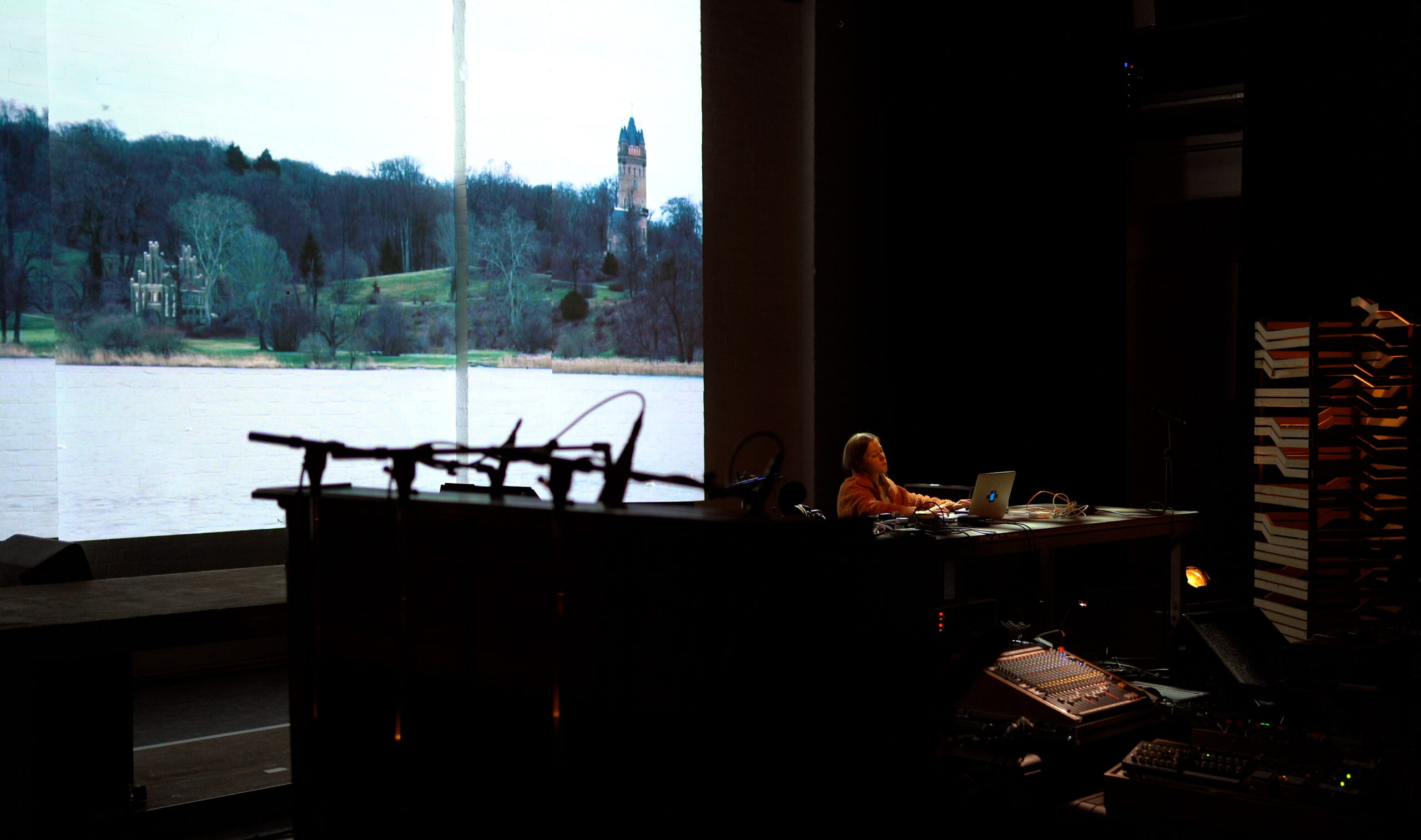
Set against the industrial backdrop of Filmstadt Potsdam, Germany, Q3A ambient festival has been bringing together a carefully curated lineup of contemporary musicians since 2017.
Founded by cello-piano duo Sebastian and Daniel Selke, aka CEEYS, Q3A showcases a spectrum of sounds ranging from academic avant-garde to accessible pop. The festival’s name is inspired by the Plattenbau architecture prevalent in the Selke brothers’ childhood home in the GDR. Q3A is proud to be part of the Keychange global movement advocating for gender equality in the music industry, and has received support from international media partners, progressive record labels, and alternative concert formats. With funding from the Brandenburg state capital Potsdam since 2018, the festival’s upcoming 2023 edition promises a diverse lineup, including Jakob Lindhagen & Vargkvint, Laura Cannell, Grand River, Hélène Vogelsinger, and many more.tions.
Q3A is part of the Keychange global movement advocating for gender equality in the music industry and is supported by international media partners, progressive record labels, and alternative concert formats. The festival received funding from the Brandenburg state capital Potsdam since 2018, and in 2023, it will feature performances by Jakob Lindhagen & Vargkvint, Laura Cannell, Grand River, Hélène Vogelsinger, and many more.
Some of the artists playing at this year’s festival asked Jakob and Vargvint the questions that matter.
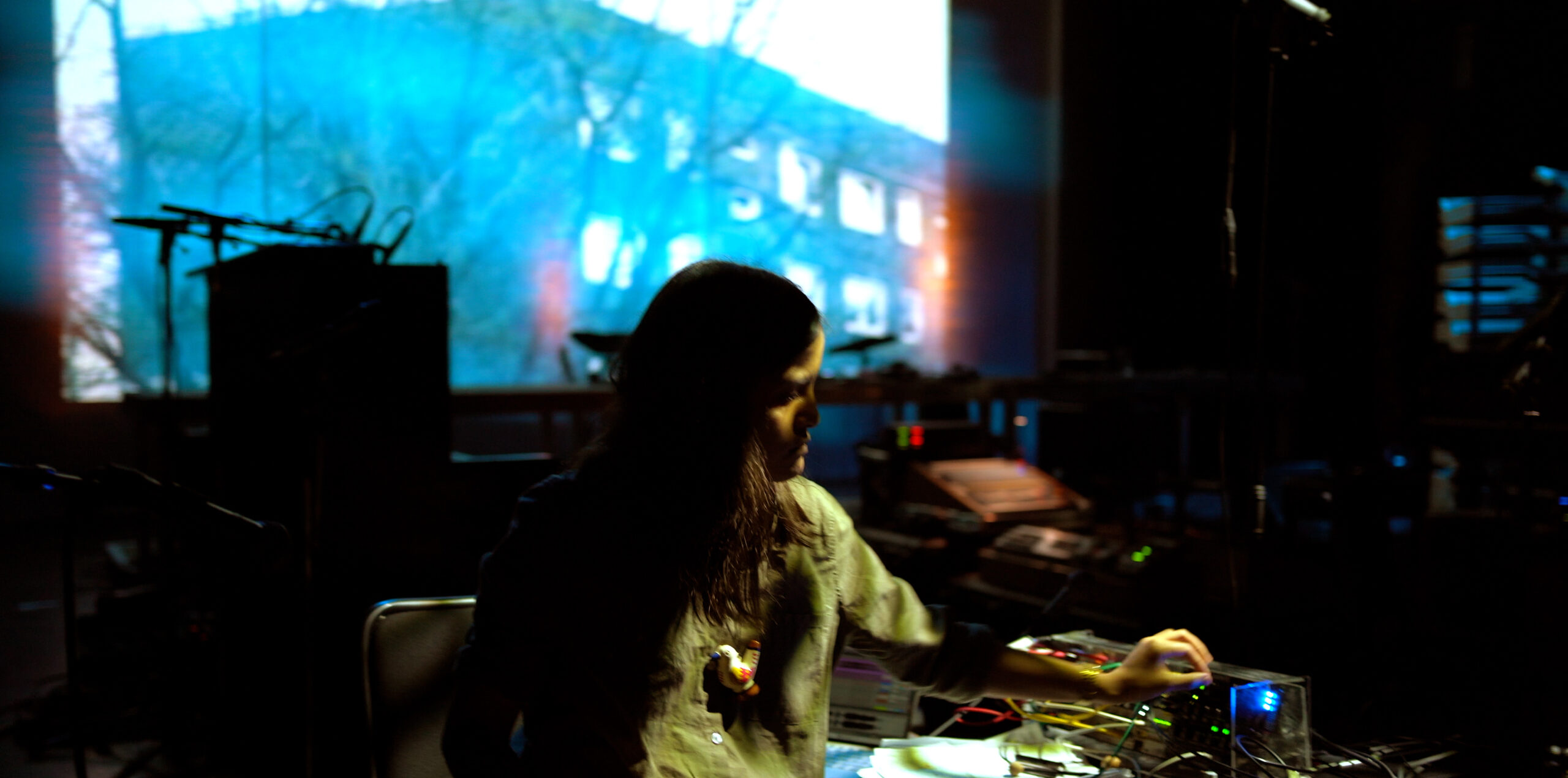
Jakob Lindhagen & Vargkvint:
You’ve been organising this festival since 2017, and even did it during the lockdown years. Can you tell us about your drive to keep this festival going, even when the odds are against you?
On the one hand, the last two years developed very suddenly into an existential challenge for us, both as musicians with an affinity for the stage and as organising curators. On the other hand, we once again came to the realisation of which aspects of discipline and freedom ultimately remain essential in music.
For our creative work, the most important elements were, are, and remain encounter and exchange with like-minded colleagues and friends. In 2020, we were on the verge of giving up on all our projects, including the Q3Ambientfest. But apparently no one wanted to really believe or even accept that, because baffled enquiries and requests soon started coming in from our immediate environment – quasi, locally – and from around the world. Parallel to that we were fortunate enough to receive heartening encouragement from the city of Potsdam, without whom we most certainly would not have been able to manage everything. So we want to take this opportunity to give a big warm thank you to the Potsdam cultural institutions and their farsighted cultural-political strategy which recognised the potential of our musical movement and its direction early on and for their ongoing support from our second edition in 2018 until today.
Especially under the paralysing effects of the pandemic, we were understandably surprised and very happy to be given the chance to put ourselves to a new creative test. And somehow we were also suddenly “in our element” as we faced the question of how our festival could be transposed into the virtual sphere in order that it could take place. So we asked the artists, tentatively, if they could each send us an exclusive music video in which they played a live set. The reactions were overwhelmingly positive, such that in the end we ourselves felt encouraged to record a set at a venue, including a spontaneous improv with the lovely Laure Boer.
So that’s how the Q3A was finally able to take place in the lockdown years, and since then this video approach has become a permanent part of the program – “to make a virtue out of necessity”… In this way, we are able to integrate interested artists for whom it’s not so easy to come to Potsdam and show the recorded sets alongside some music films on the big screen. That something like this is even possible is due naturally not least to a high level of flexible ability and trust from our colleagues, and it just shows once again this strengthening mutual will that makes an understanding relationship beyond the bounds of the pandemic possible in the first place. As once walled-off GDR children, we remember times when, despite all difficulties and impossibilities, solutions wanted to be found and were found.
Can you tell us about the process of curating the line-up?
With the curation, we focus primarily on music projects that are searching for an original personal language. It is of secondary concern whether the protagonists are already established artists or still emerging experimental projects. Both are important to us! A “healthy mix of both” is for us the golden mean, and it’s been nice to see that some of our now better-known colleagues took their first brave steps upon our stage. So we’re also interested in, especially in these early exploratory stages, the trying out of new playing techniques and sounds.
Of course we also like to – as we said – invite more well-known colleagues, for they too, and not seldom, bring new input, change the perspective on processes that have begun to gather dust. Still – as in all genres of art – established artists unfortunately always bring with them the danger of routine, and we are, above all, about keeping our eyes and ears open, to illuminate with interest and attention the growing things and changing processes. We have not lost the hope that through all these different and at the same time authentic musical approaches, we can also possibly better understand and creatively reflect the larger relationships that shape, change, and in their contradictions hold together our world.
We hope that our approach comes across, so to speak, so that everyone feels encouraged to get in touch with us, to explore ideas and visions and, in the best case scenario, to transfer the artistic results of this process onto the stage.
Dirk Markham: Where does the name Q3A come from? What does the Q3 stand for?
It’s good to have the chance to talk about that in this context. Growing up in a socialist East Berlin Plattenbau, architecture has always played an important role for us. That’s why our first two album duologies under the alias CEEYS contained allusions to and, above all, photos of this, in technical terms, so-called “brutalist” building type.
For us they were not only the grey monotone of geometric shapes, but also the location of our first musical exercises. The daily attempt to convince our dear neighbours through the paper-thin Querwände (cross walls) of our unearthly talent failed – understandably, looking back – such that they weren’t always able to muster understanding for our regular and irregular scale cascades and as a kind of spontaneous opinionating hammered unrhythmically on the radiator pipes. On the whole they probably remained interested.
By the way, our last CEEYS duology “Hausmusik” and the rework “Musikhaus” seizes specifically upon the meaning of our old flat and place of training. To that end, the albums, one after the other, first wander across the complete spectrum of our acoustic repertoire in order to afterward make room for their reworking in an electronic fashion – from the quiet house or chamber music in our “own four walls” to a house full of music.
Q3A is the architectural shorthand for the first three, four and five storey series of pre-fab buildings in the GDR in the 50s and 60s of the last century. Simply put, it means: Querwandtyp, Number 3, Variant A… And this is where everything began with cello and piano… Other series included the QP and also the QX…
Together with the label Oscarson we released two special 7-inch EPs dedicated to Q3A and QP. These again take up the theme and are designed to explore our work as a long-term collaborative duo in an original way – from solo and duo pieces to a “hidden track” in each that only appears by overlaying the music from the A and B sides.
How do you balance your own artistic career with the role as curator? Is there any conflict?
Well, there’s potential for conflict just on the basis of time. Especially with Q3A, we wanted to give ourselves the necessary space and time to familiarise ourselves with the creative process of our colleagues. Only in this way can there be new impulses for us on and off the stage. This is not always easy but should go hand in hand. We know this very well, and we look for and usually find diverse and more than just acceptable solutions to really bring everything together “under one hat”.
What are the pros and cons of Potsdam versus Berlin?
We grew up in East Berlin and in our hearts we remain closely connected to this cultural metropolis. This cosmopolitan city has shaped us from our earliest childhood. But with the move of the Deutschen Filmorchester (German Film Orchestra) – in which Sebastian leads the cellos as acting principal cellist – from Funkhaus Berlin to Studio Babelsberg, that was when the idea first came up, in 2008, to maybe move completely to Potsdam. When Daniel also found work here, we finally decided to set up the Klingenthal Studio in Potsdam.
Incidentally, the Brandenburg state capital is actually ranked number four in a current “attractiveness” study of 400 German cities. Since our primarily instrumental music is often compared with film music, it’s hardly surprising, and it’s fitting too, to present Q3Ambientfest in this historically and architecturally multifaceted “film city”. Many of our colleagues live and work in Berlin, and we’re also often in the capital. But after two decades living in an East Berlin Plattenbau, we quite simply needed a change of perspective, and ultimately Potsdam is only minutes from Berlin and the two are growing ever more closely together. That was already the plan in the time of Frederick the Great…
Alex Stolze: Q3A makes me think of my childhood in East Berlin. Almost everyone in my class lived in a Q3A building. What is the first thing you associate with the name?
Really nice to hear from someone who can share their own memories. Looking back, it was more the setting and the mood before concerts – that house was always there and seemed to comment with only its silence.
It felt especially strange when after the “Wende” the facade was renovated for the first time and everything was subsequently brightly painted. The smell of the thickly painted outside walls with the suddenly glassed in balconies, we’ve never forgotten that.
I think working together as brothers almost every day is a great thing but also a real challenge. What is your best shared memory?
Well, as pretty much “best friends and brothers” we of course have quite a lot of “best shared memories” – shared joys and shared sorrows. Some of them have even been captured in photos. For example, a prize winners’ concert in the Berlin state competition “Jugend musiziert”… We played “The Swan” from “The Carnival of the Animals”, really amazing, but we weren’t able to talk our parents into letting us not perform in massive Ecco sandals with extra thick soles and snow-white socks.
But back to the present… We are working on the release of a new duology with two of the, for us, most meaningful concerts. The first, a small and cosy one in Jazzclub Tonne in Dresden, our mother’s birthplace. The other a more expansive festival appearance with our large setup in Prague, magical set design and an unforgettably moving, almost euphoric audience. Two very nice recent shared memories.
Austarda: What are the elements of inspiration that are still part of your approach since your very beginnings in creation and how do they evolve?
In the begininng it was just an inner urge – the feeling of needing to create a living, honest stage for like-minded friends who we otherwise only knew through their digital profiles. But over the years we have gotten to know many exciting projects and many wonderful colleagues whose drive also exists beyond purely commercial music production and marketing, or at least is based on a different foundation. We provide these people with a stage. For the first time we are also inviting dancers, that is, we also want to give ourselves a multidisciplinary perspective. We want spontaneous, collaborative, genre-expanding improvisations to become an integral part of our work, to invite and inspire the coming generations.
Additionally, it’s important to us to provide ongoing support to artists who have already played with us and to invite them again, because actually the sound profile always keeps developing significantly, and this process interests us as performers just as much.
Sofi Paez: How does organising/ curating the festival affect your creative work?
We not only get to know interesting projects and wonderful new colleagues, but can apply lots of techniques in the context of the organisation. As curators who also compose and perform, the Q3Ambientfest always gives us new hope to keep going. We enjoy recognising the parallels between our own creative process and those of our colleagues, and to keep optimising the workflow in order, ultimately, to be able to direct a focus onto the music that’s free from distraction.
What’s a moment that surprised you?
Maybe not “surprising” but has the feel of a “musical epiphany”: after years of traditional academic study in classical music, at the first edition in 2017, diving into spontaneous improvisation with a fellow musician.
That was really an ultimate spark and that’s why it’s part of almost all of the concert formats that we curate – a moment that’s not captured on tape or film, but that stays in our hearts because it showed us that beyond all language barriers just the dialogue between instruments could and still can allow a personal communication…
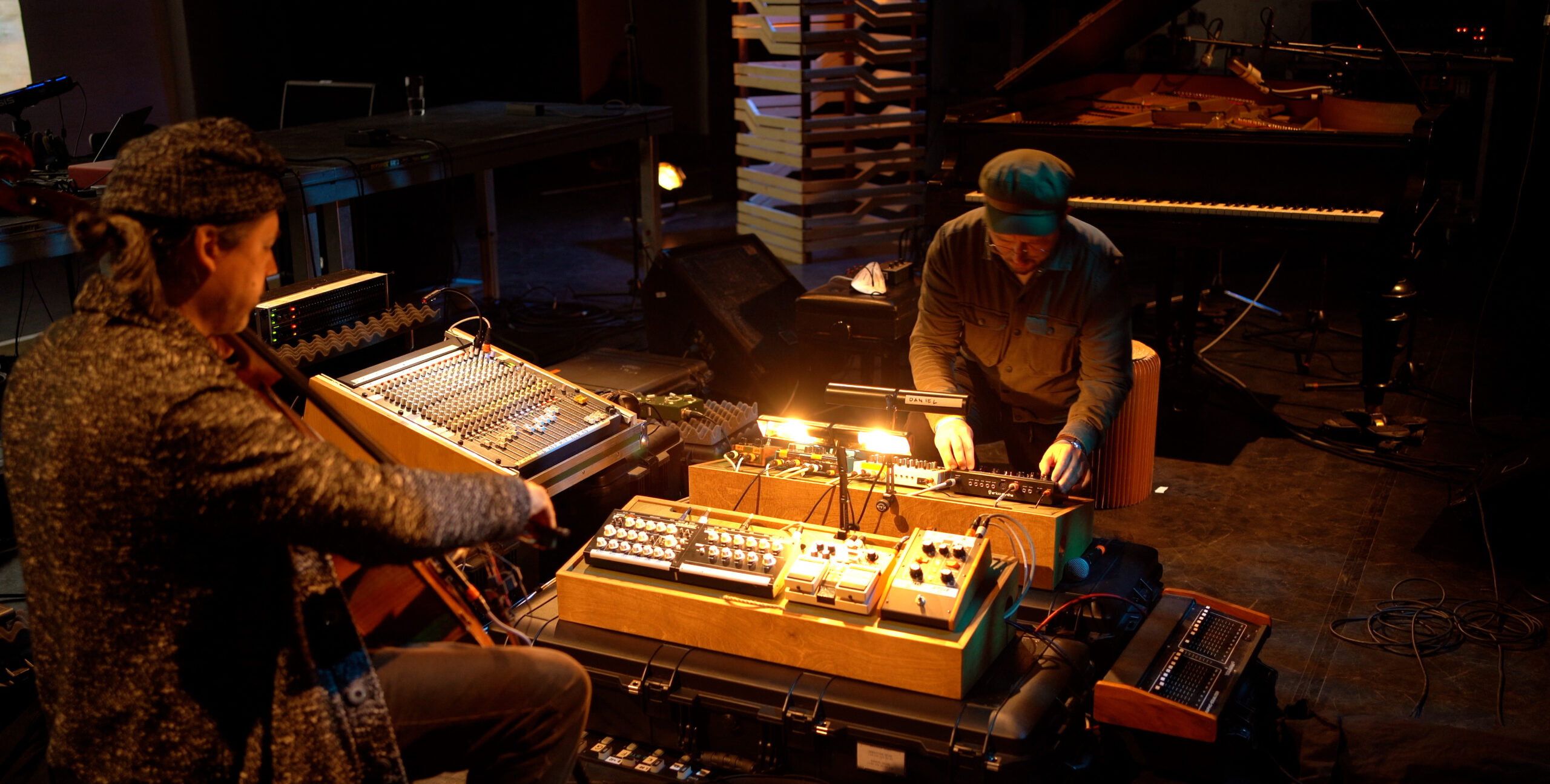
Growing up in a socialist East Berlin Plattenbau, architecture has always played an important role for us.
Laura Cannell: What is your favourite space that you have ever performed/ made sound in?
Over the years we’ve played countless fascinating venues – from cosy clubs to churches with reverb that lasted seven seconds, from labyrinthine vaulted cellars to immense festival stages. Though we don’t have a “favourite”, we are always searching for that open, sincere atmosphere between musician and audience. You know we’re working on two albums where exactly this concert atmosphere could be captured, even though the two spaces could not have been more different.
What is your dream venue to programme?
This year we will be in the Kesselhaus vom Waschhaus in Potsdam for the first time, and therefore in a real concert venue – with the most professional audio equipment and, above all, a team with a high level of expertise and technical knowledge. That was almost unthinkable in 2020. We’re starting afresh here and focussing our energy and inspiration on this space.
Where would you like to perform in the future, real or imagined?
On the one hand, we try to bring the world to Potsdam and to create suitable and welcoming spaces for music-based projects. On the other hand, we love receiving invitations from colleagues who have played with us, inviting us into their world. In 2019 we were able to get to know our first venues in the UK and the USA. We hope soon to be able to pick up where we left off, and look forward to receiving requests for 2024/2025.
Do you have secret side projects?
Well, it’s not really a secret, not any more anyway: We’re working on a collaboration with one of our favourite artists, Midori Hirano. With her we’re also playing one of the evenings curated by us in Leuven as part of “Piano Day”. Aside from that, there’s also an exciting, expansive studio album planned on Aimée Portioli’s label “One Instrument” on which our restored GDR synthesisers, string machines, and organ will finally be heard.
Grand River: What is the most meaningful experience that formed you as a promoter since the first edition of Q3A?
Actually, we were and are over the past years right through to today, and surely tomorrow too, in a permanent state of wakefulness because we’ve recently been encountering such meaningful moments more and more often. Most recently the move into the new venue Waschhaus, but of course the whole phase with the pandemic had its importance. We tried to see the positives and to motivate ourselves daily to keep going. In the end we stepped out from our CEEYS anonymity and are working even now on a broader artistic profile as Brueder Selke. We wanted and want anything but doom-mongering. For us there are always the two sides of the coin trying to find balance. Especially these recent and still ongoing oppressive times with what’s become this cycle of dark visions of the future between plague and inflation, climate crisis and the rumble of war, it has once more emphasised the importance of our task and shown the way out of the tunnel of isolation, resignation, and loneliness toward meaningful, gracious events with friends and like-minded people.
Mabe Fratti: What is your process of selection of artists and how do you investigate the music world to find them?
It’s a healthy interplay. It’s definitely an advantage that we as a duo are ourselves on the road to explore and make use of the crossovers between traditional and contemporary music. Above all, our own setup should be able to be played intuitively and in real time by hand or foot, so without computer sequences. Regardless of whether it’s acoustic instruments, bass module or rhythm box – we try to make sure that each element in its domain can optimally fulfil its assigned task. That requires a deep knowledge of each instrument and tool used, and its task in the set. This way of thinking probably comes from our work in the orchestra. It helps us to share the compositional ideas across our different instruments.
We look for similar approaches in our curation. This doesn’t mean that we’re not interested in artists who work purely electronically – especially in the modular field, really a lot of exciting stuff is happening at a very high level, which also requires knowledge about the function of each component.
First and foremost, we listen when the possibilities of the playing techniques and sounds of traditional string and key instruments are tested. For us, that’s top tier, when there’s a kind of communication beyond time, into the past, the present, and the future. We also still haven’t found the Holy Grail yet but maybe it’s much more about the exchange itself. At least that’s our driving force. And in the end, curation is primarily about “conservation and care”; both sides determine the selection process.
Johannes Malfatti: What is your first musical memory from your childhood?
As children, we first practised alone then together in a poorly soundproofed Plattenbau. Through the paper-thin walls purposely built by the government at the time for the “extra ears next door”, we could hear each other so well that we, on top of sympathising with each other’s suffering through their exercises, also developed our first improvisations. Alongside the one or other Cowboy and Indian battle that had to be fought out on the home carpeting with little toy figures, the sensitivity and sense of humour in our interplay definitely had its origins there. By the way, one of our first concerts together took place in the Galiläakirche in Berlin Friedrichshain.
Sergio Díaz De Rojas: What is the most rewarding aspect about curating Q3Ambientfest?
Most of our colleagues we only know digitally. Of course this circumstance also has its advantages, namely to be able to talk shop quickly and across all distances. But after we had realised some orchestral projects in the classical hemisphere, it made sense to try to start meeting like-minded people on a common, physical stage. Encounter and exchange in the real world was definitely worth the often arduous effort and the ever present financial uncertainty.
Villemin: How do you see the future of classical and experimental music concerts and festivals?
In spite of all the negative phenomena and excesses that can be lamented at all levels these days, we nevertheless feel a certain self-assurance through the musical freedom that has been given to us and that we have happily embraced. We by no means take this increased self-assurance for granted. These feelings and thoughts are of course connected with the knowledge of the democratisation of the means of production. The success of electronic instruments also accelerated this process. Of course, just as in other fields, this new freedom also meant for us an increased sense of responsibility with healthy demands on the quality of handmade music.
We think that it was lucky that the music industry was one of the first to be confronted with the rapidly advancing technological development. For a long time, everyone was looking for a way out. Until finally a new generation with almost inexhaustible individual creativity and versatility redefined the rules. Maybe we’re glorifying it a little out of self-interest but you’ll forgive us. With our releases and concert formats, we are trying to enrich, support, and promote the successful trend of traditional acoustic instruments like the cello and the piano enhanced with subtle electronic elements, because there are still innumerable treasures to be unearthed here until every aspiring artist has made their personal statement. Whoever wants to work with contemporary music on classically associated instruments today, to whatever degree, can do it independently, do it… do it…
Tim Linghaus: How has the festival changed/ evolved over the years from your perspective as curators?
In the beginning it was a small circle of idealistic musicians who we quickly got to know through our first release on David Wenngren’s “1631 Recordings” and wanted to invite in person. In 2016 we moved to Potsdam. Barely a year later our idea was born, to develop a bespoke music fest. We finally realised this little dream out of our own pocket in 2017 with the first edition. Every year right through to the present, we have met new, inspirational colleagues who in turn motivate us to continue. To this day, what distinguishes us from other, also larger festivals, is maybe the fact that we don’t want to be distracted by theoretical Q&As, discussion rounds, and similar organised extras. Naturally we want everyone to talk with each other, and of course that is also the reality. But the best time for ideas, words, resolutions to come alive is directly after each respective concert. For us the focus is the traditional concert format with adventurous (not purely academic) contemporary music.
Simon Ansing: Neoclassical and ambient music has become more and more popular and broader in the past decade. New artists are joining the scene all the time and the spectrum is expanding more and more from mass-market film music to experimental noise. Everything is somehow quickly labelled as “ambient”… What is ambient for you and what do you see coming in this direction?
For us it’s more about a basic feeling of freedom, a natural need to experiment, than the definition of genre boundaries.
Each musician should be put in a position where they feel so comfortable in their environment that they can, using their understanding of contemporary music, say that which moves them in their deepest inner being, even if it’s just having fun playing with sounds. There are still many secret places here to uncover. For us, and presumably for many, “ambient” had rather the sallow aftertaste of the inconsequential, background music of everyday life. Maybe that’s the only reason this underrated genre could lead to a flowering mix of other musical styles trapped within themselves and become the liberating blow that we’re experiencing now. And we’re just at the beginning of this development. Maybe we finally have the chance to recognise the real essence of ambient music and the, from our perspective, almost transcendent, communicative as well as pragmatic task of opening up its musical content.
Julia Reidy: How do you define ambient music?
For us today, ambient is a varied, inspiring, atmospheric environment of free musical content somewhere between avant-garde, classical, pop, right through to electronic underground and dignified dub and chill-out sounds.
Ben Osborn: Your music can reach some dark and melancholic emotions but your performances have a playful quality, and show a sense of humour and fun. What emotions do you feel you are putting into the music when you perform, and do you feel the same as the emotions the audience experiences?
Thank you very much for this finely observed assessment of our music. We indeed strive for exactly this intelligent balance between seriousness and self-irony. And we think our audience also understands this juxtaposition. For us, a good film is one that makes us laugh and cry at the same time. It’s the same with our music.
You play classical instruments but also a collection of unusual synths from another time, almost like you were curating a museum of sound. Is it important to you to preserve these sounds, or is it just about what sounds good?
Yeah, we’re a bit “nerdy” like that. But just as Sebastian’s Klingenthal cello is a bit like Frankenstein’s monster, composed of different wood from past centuries and tells its story with every note, our synthesisers do that too. We’re now starting to go a little easier on the very old ones and only have them occasionally in concerts. But we’ll probably still be able to record a few albums with these electronic primeval monsters. Still, the choice of devices, cables, tools, and instruments has for us either a historic or personal background. In our concerts we always like to talk about them and it makes us happy to see the smiling, sometimes thoughtful eyes – and, of course, ears.
Q3AMBIENTFEST happens on 02-04 June 2023 at Filmstadt Potsdam



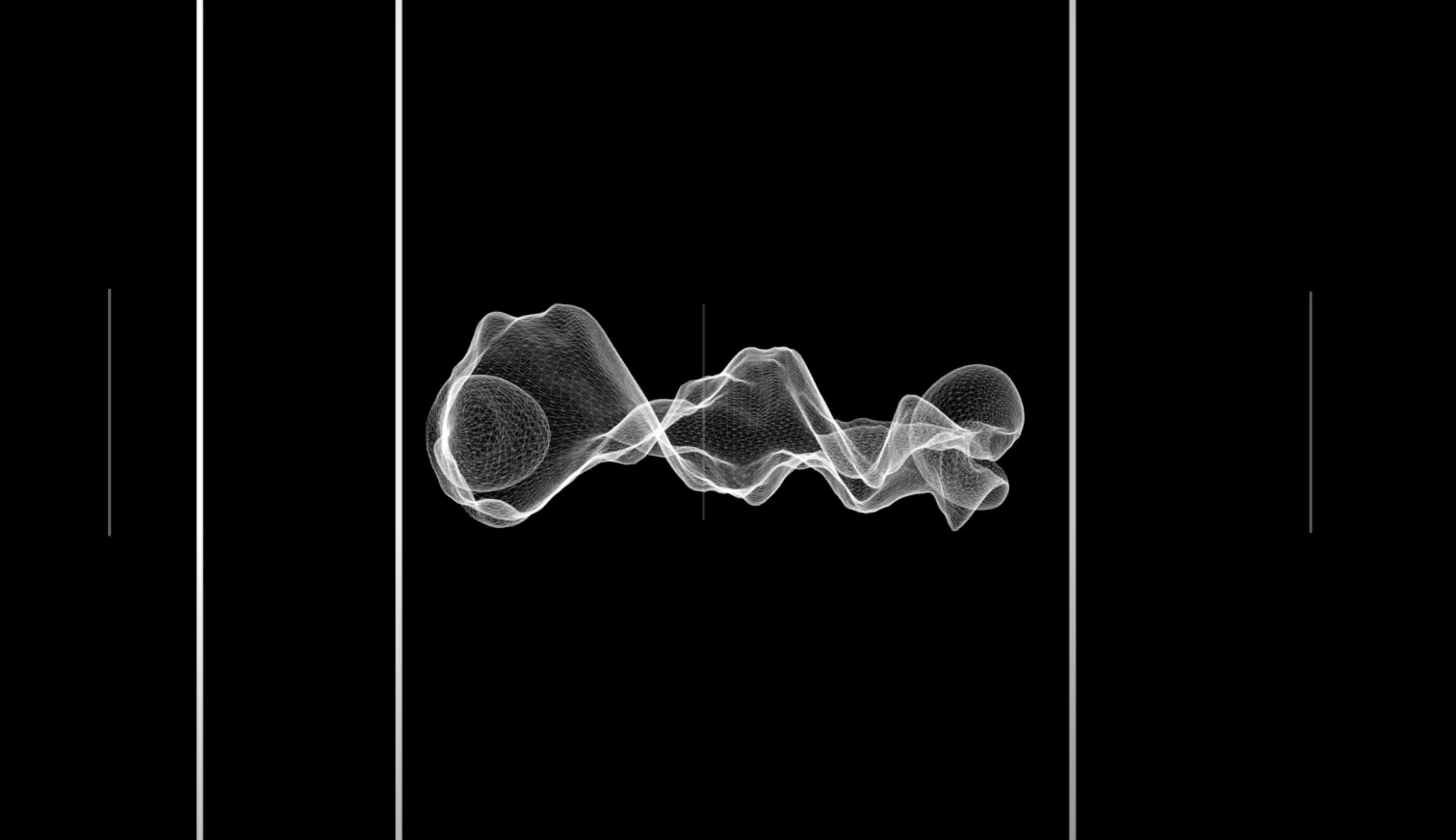
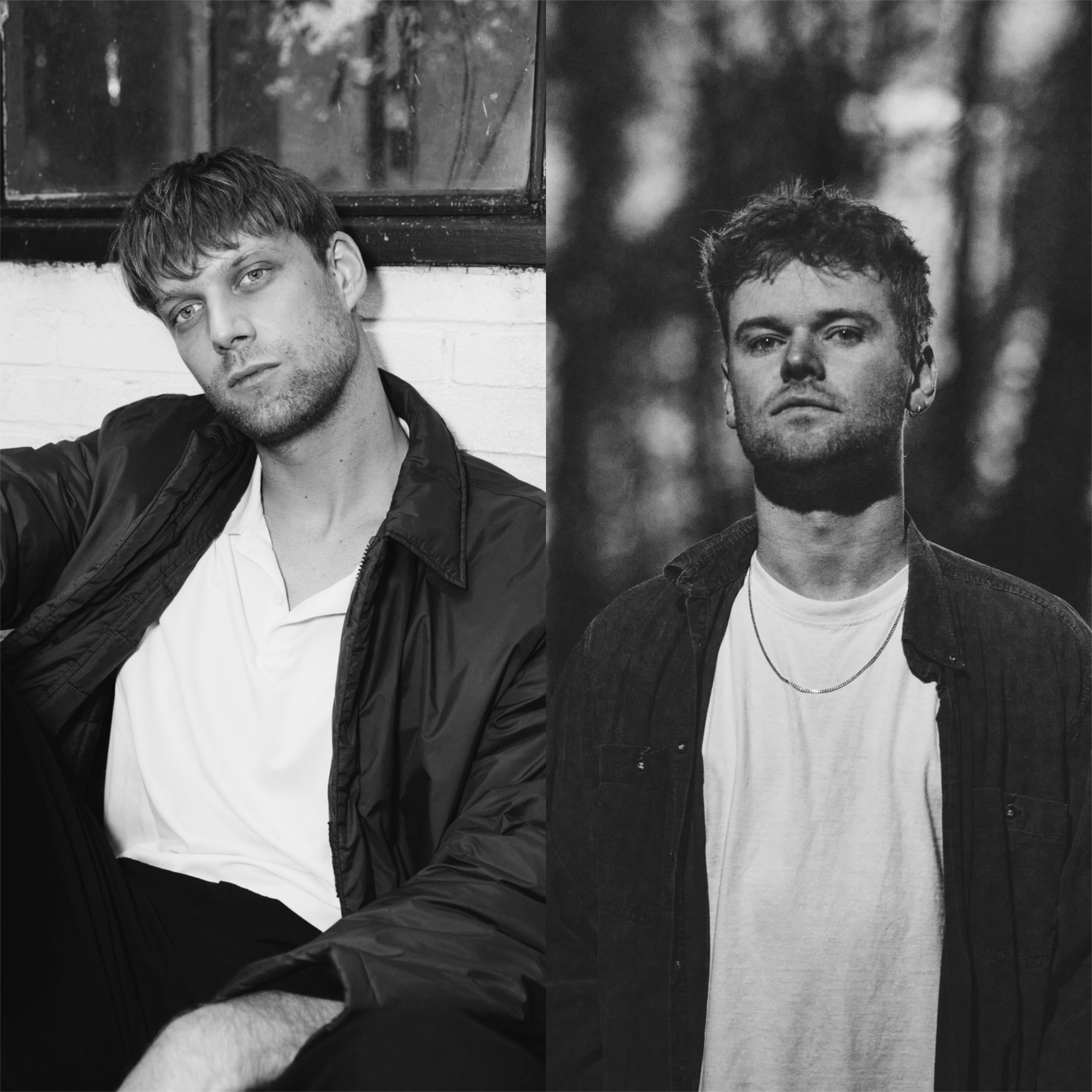
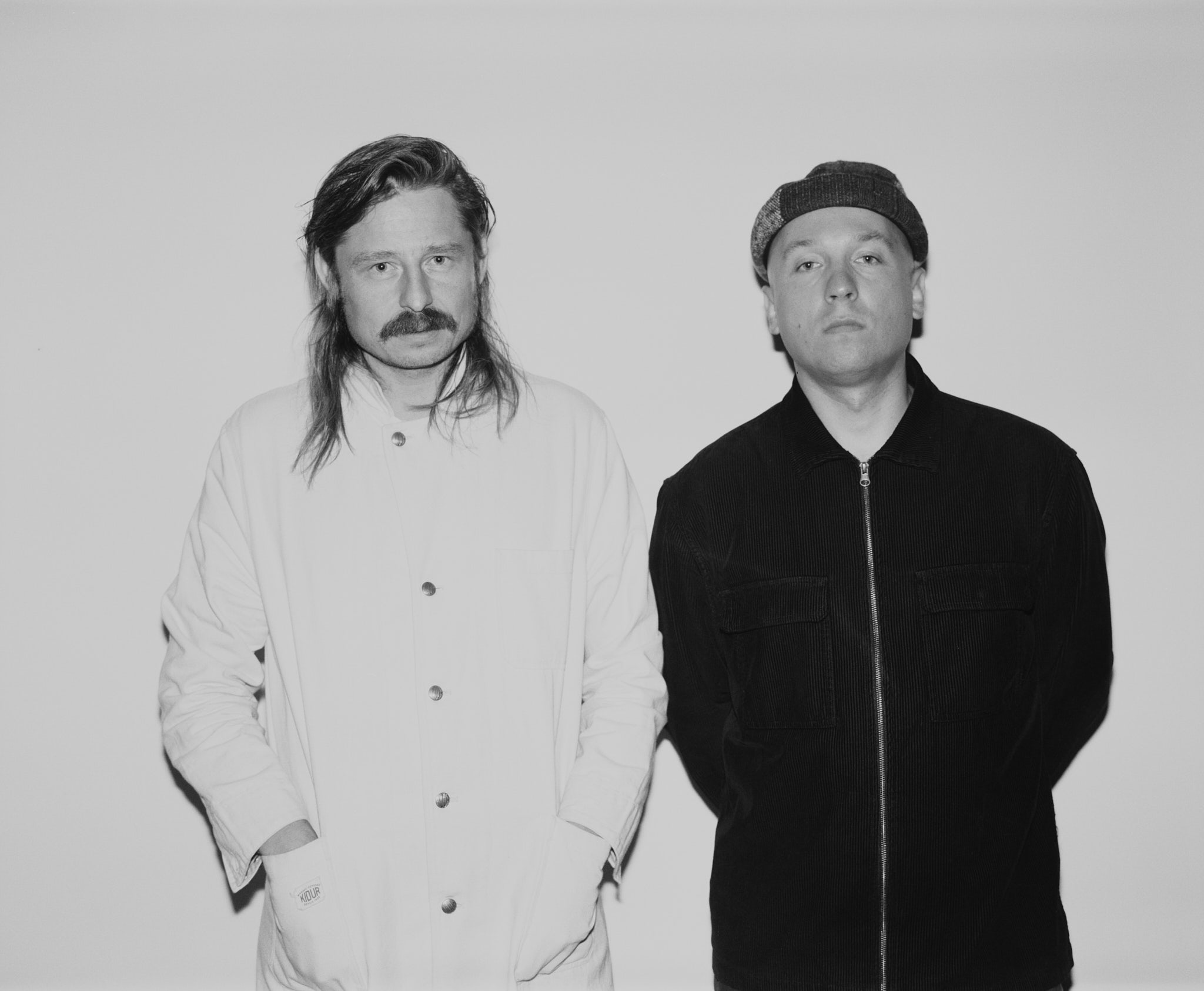












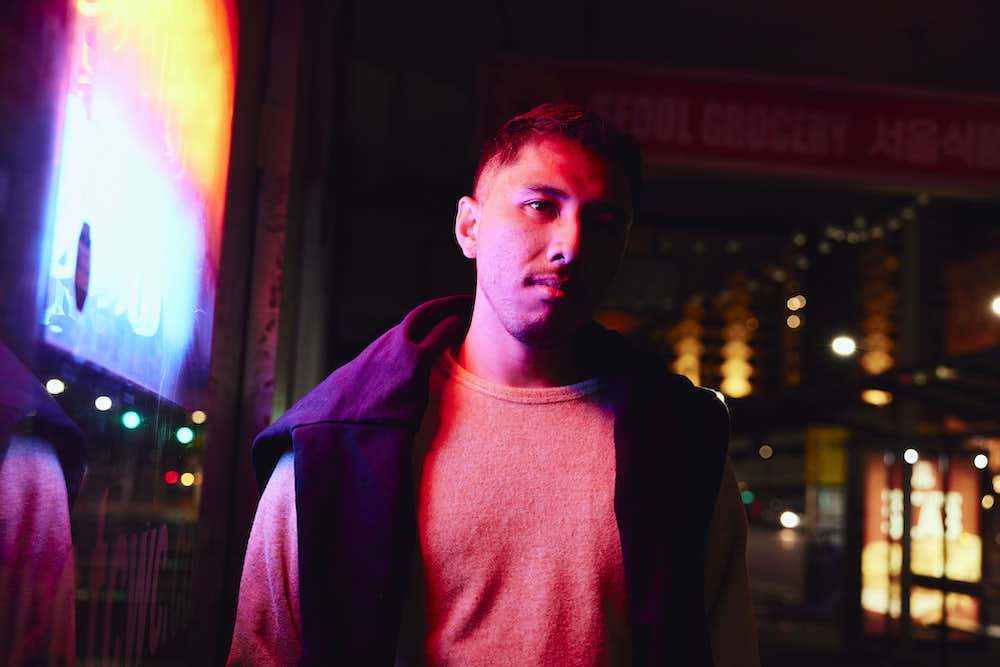




Must Reads
David Holmes – Humanity As An Act Of Resistance in three chapters
As a nation, the Irish have always had a profound relationship with the people of Palestine
Rotterdam – A City which Bounces Back
The Dutch city is in a state of constant revival
Going Remote.
Home swapping as a lifestyle choice
Trending track
Vels d’Èter
Glass Isle
Shop NowDreaming
Timothy Clerkin
Shop Now